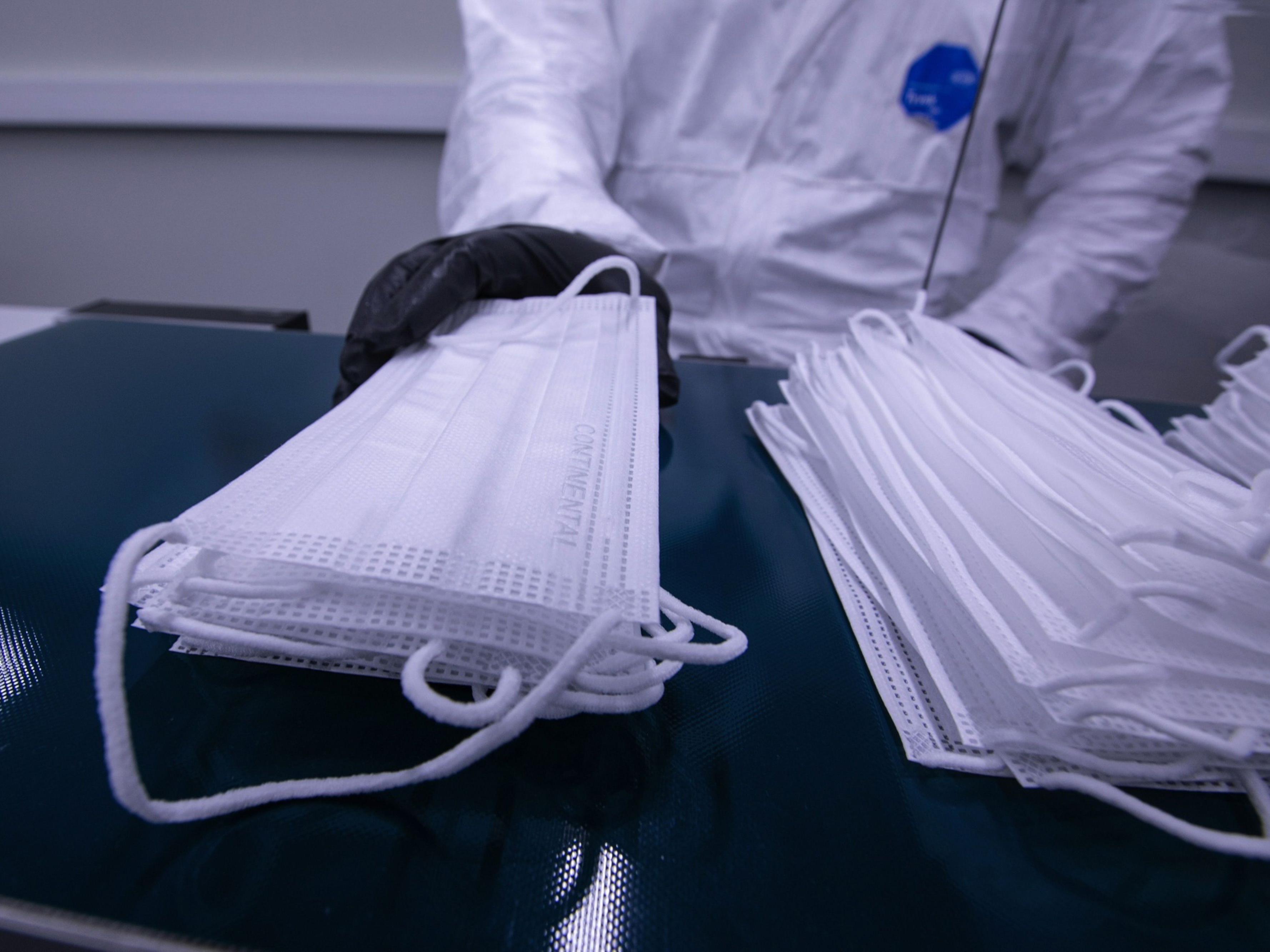
Between rising COVID-19 cases and a worse-than-usual hurricane season, the personal protective equipment (PPE) pipeline is more strained than it’s been since the peak of the pandemic. Though suppliers and customers have learned to share inventory and communicate more proactively, new PPE is still hard to obtain due to supply chain bottlenecks.
For military personnel and first responders, supplies become even harder to access when one factors in faraway bases and a shortage of available drivers with completed background checks.
In response to these challenges, experts have developed some best practices for successfully procuring sanitary gowns, masks and gloves when PPE is in short supply.
Stay ahead of the ordering curve. The PPE supply chain has been strained many times before, most notably during the 2009 H1N1 virus outbreak and the 2014 Ebola virus epidemic. Still, nothing compares to the coronavirus pandemic. March, 2020 saw the largest spike in N95 and KN95 mask purchasing — a whopping 14,000% increase year over year, according to Premier data. Pricing also spiked: In April, 2020, the cost of some PPE equipment increased over 1000%, according to data from the Society for Healthcare Organization Procurement Professionals.
Since then, first-responder organizations, from hospitals to the military, have learned to proactively secure enough PPE in advance to ensure it’s readily available when need arises — a practice that, before the pandemic, went against the typical PPE distributor model.
Now the U.S. has successfully secured PPE from overseas countries, a task made easier after the Defense Logistics Agency (DLA) approved this previously prohibited practice. Products from Taiwan, China and other approved countries have supplemented the U.S. PPE reserves.
Anticipate future crises. The U.S. is likely to tap into its stockpiles sooner rather than later, with the dual threats of the Delta coronavirus variant and a dangerous hurricane season at large.
Fortunately, the country is well prepared. In the event of a natural disaster, FEMA and the DLA can offer support to impacted areas and industries, and the military can draw from its reserves. As a result of this year’s advanced planning, power sources and generators are now in stock and on hand, as well as portable battery packs for radios and phones.
With looming hurricanes and COVID-19 spikes as children return to in-person school, first responders and healthcare professionals can’t afford to underestimate the time it takes to acquire new PPE. Currently, active service members and federal agencies are allowing 30 days for PPE to move through the supply chain; other organizations should follow suit, factoring in about a month’s leeway to prepare for unforeseen needs.
Educate the wider populous. Customer education and communication are integral to ensuring efficiency in the PPE supply chain. When hospitals started treating an unprecedented number of patients at the onset of the pandemic, nonprofits and similar organizations struggled to get direct aid and supplies to the frontlines, despite their best efforts.
Those outside the logistics industry tend to have a hard time managing supply chain strains due to a lack of education. Nearly two years after the first surge, this remains the case. Individuals can procure goods or receive grocery and e-commerce deliveries in as few as two to three days. The same expectations, however, can’t be applied to the PPE supply chain, which requires more strategic planning.
In order to prepare individuals and organizations for inevitable supply chain strains, education must become a priority. Arming as many people as possible with the knowledge they need to plan for future crises ensures that first responders will be fully equipped when the next emergency strikes.
Christina Dorsey is vice president of operations for ADS Inc.







